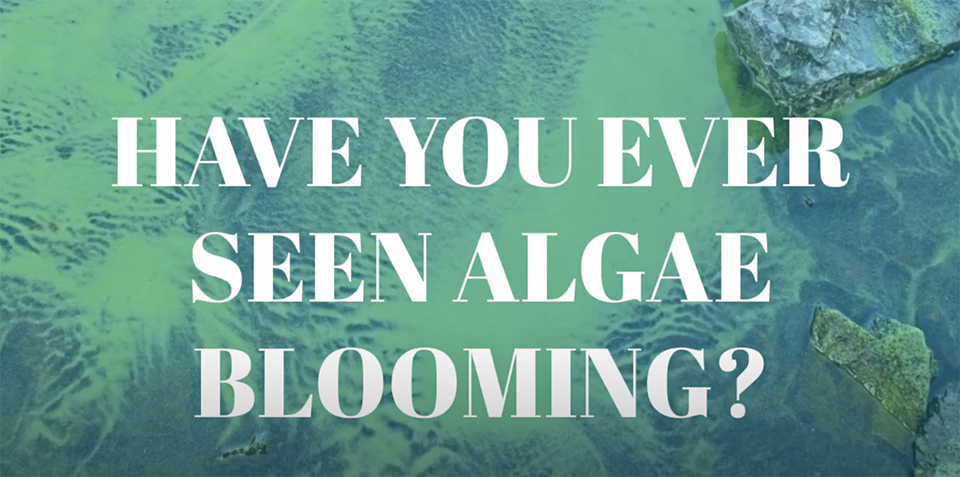WQD | SW Monitoring & Assessment | HABs Reporting
Following are questions used when assessing the response level needed for a reported HAB:
Is the bloom ongoing?
If yes, continue reporting to ADEQ.
If no, no further communication or action is needed if the bloom has dissipated.
Is access restricted? Are there permanent restrictions on swimming or contact with the water in place (as in some urban lakes)?
If yes, you may still want to post signage to ensure people and pets do not have contact with the water.
If no, ADEQ recommends posting signage in high traffic areas to ensure people are aware of the risk.
What is the extent of the bloom? Is it localized or lake-wide? Can you estimate the size?
Compare the bloom size to familiar objects (such as a hot tub, swimming pool, football field, etc.) for a visual estimate. Action may not be required if the bloom is in an isolated location away from people, but a swimming beach, for example, which would require follow-up.
Was there a fish kill? Approximately how many fish?
Dead fish in the water may indicate a high level of toxicity and require further action by the Arizona Game and Fish Department (AZGFD) | Notify AZGFD >
What does the bloom look like?
“Golden algal blooms” are brown and are not harmful to humans, but can cause fish kills. Blooms that look like green paint may be a “blue-green algae bloom,” which can be toxic.
For golden algal blooms, notify the AZGFD, then no further action is needed | Notify AZGFD >
For blooms that look like green paint, notify ADEQ and post health advisory signage in high traffic areas.
Has sampling been done to determine toxicity of microcystin or other algal toxin?
If yes, report the results to ADEQ.
If no, you may consider sampling but it is not required. ADEQ can provide technical assistance if you have a desire to sample.
Has any treatment to the waterbody been implemented?
Some landowners and land managers may choose to treat the surface water to mitigate the bloom. This is common in smaller waterbodies, such as urban lakes.
If yes, ADEQ recommends sampling be conducted over time to assist in determining the cause of an algal bloom. This ensures the best and most effective remedial strategies are chosen. For information about remedial strategies please refer to EPA’s Preventative Measures for Cyanobacterial HABs in Surface Water guidance | View Guidance >
If no, no further actions are needed.
Step 3: Continue to monitor the bloom
Inform ADEQ if the bloom improves or worsens through the app, email, or by phone. Continue monitoring until the bloom appears to have subsided.
You may decide to sample the bloom to determine extent or if harmful algae is present. We may also recommend sampling depending on various factors. If you decide to sample, we can provide technical assistance.


